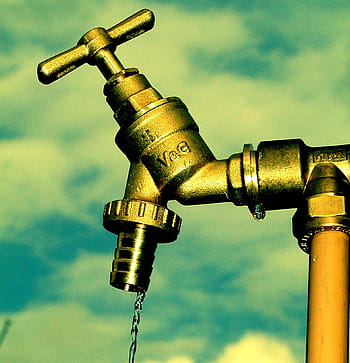The Unsung Hero: Your Toilet Shut-Off Valve Demystified
In the world of household plumbing, there’s a small yet vital component that often goes unnoticed until it’s desperately needed – the toilet shut-off valve. This unassuming valve quietly plays a crucial role in preventing potential disasters and safeguarding your home from water damage. In this blog, we’re going to shine a spotlight on this unsung hero and demystify its significance, functionality, and maintenance.
Unveiling the Toilet Shut-Off Valve: Imagine a scenario where your toilet starts overflowing due to a clog or malfunction. In the midst of panic, you scramble to find a way to stop the relentless flow of water. Enter the toilet shut-off valve – the unsung hero that can save the day. This valve, typically located near the toilet’s base or on the wall behind it, controls the water supply to your toilet. Its presence alone can mean the difference between a minor inconvenience and a full-blown water catastrophe.
The Crucial Role: The toilet shut-off valve’s primary role is to control the flow of water to your toilet. It’s like a gatekeeper, allowing you to start and stop the water supply whenever necessary. Whether you’re performing routine maintenance, tackling a plumbing issue, or simply want to prevent an overflow, this valve is your first line of defense. Being aware of its location and operation can empower you to handle plumbing situations confidently.
Types of Toilet Shut-Off Valves: Understanding the different types of shut-off valves can help you navigate their operation more effectively:
- Compression Valve: Recognizable by its circular handle, the compression valve is turned clockwise to shut off water flow. It’s a classic design that has served homes for years.
- Quarter-Turn Valve: This modern innovation features a lever-style handle that you turn 90 degrees (a quarter-turn) to stop water flow. Its simplicity and efficiency make it a favorite among homeowners.
Unlocking Operation: To make the most of your toilet shut-off valve, familiarize yourself with its operation:
- Locate the Valve: Find the valve either beneath the toilet’s tank or on the wall nearby.
- Shutting Off the Water: For a compression valve, gently turn the circular handle clockwise until it’s snugly closed. If you have a quarter-turn valve, simply turn the lever 90 degrees to shut off the water.
Maintaining the Unsung Hero: Like any household component, proper maintenance ensures longevity and functionality:
- Regular Exercise: Turn the valve on and off a few times every six months. This prevents sediment buildup and ensures smooth operation.
- Visual Checks: Regularly inspect the valve and its surroundings for signs of leaks, corrosion, or rust. Address any issues promptly.
- Replacement Consideration: If the valve is showing signs of wear, corrosion, or isn’t functioning smoothly, it might be time for a replacement. Consulting a professional plumber is wise in such cases.
- Educating Household Members: Ensure that everyone in your household knows the location of the shut-off valve and how to operate it. This knowledge can prove invaluable during emergencies.
